- Understanding the difference between inbound and outbound marketing is key to crafting effective strategies.
- Inbound marketing attracts customers through valuable content and SEO, fostering organic reach and engagement.
- Outbound marketing pushes messages to a broad audience through traditional advertising methods like TV and print ads.
- Inbound marketing is more cost-effective, supports long-term growth, and yields higher engagement rates by targeting interested audiences.
- Providing valuable content through inbound marketing builds trust and credibility, positioning your business as an authority in your field.
539 words ~ 2.5 min read
In the ever-evolving landscape of digital marketing, businesses are often faced with the decision to invest in either inbound marketing or outbound marketing—or a combination of both. Understanding the difference between these two approaches can help you make informed decisions about your marketing strategy.
Inbound Marketing vs. Outbound Marketing: What’s the Difference?
Inbound Marketing focuses on attracting potential customers to your business through content marketing, social media, search engine optimization (SEO), and other strategies designed to pull people in. It’s a permission-based approach where customers seek you out for valuable and relevant content. Some of the key elements of inbound marketing include blog posts, eBooks, webinars, and social media interactions.
Outbound Marketing, on the other hand, is a more traditional approach that involves pushing your message out to a broad audience through methods such as TV and radio commercials, billboards, print ads, and cold calling. This is often referred to as interruption marketing because it disrupts the audience with your message, regardless of whether they are interested in it at that moment.
Why Inbound Marketing is Crucial
Inbound marketing has several advantages over outbound marketing, particularly in the digital age:
- Cost-Effectiveness: Inbound marketing is generally more cost-effective than outbound marketing because it relies on organic reach and engagement rather than paid advertising.
- Long-Term Growth: The content created through inbound marketing continues to attract and convert leads over time, whereas outbound efforts often have a limited lifespan.
- Higher Engagement Rates: Because inbound marketing targets people who are already interested in your industry or product, the engagement rates are often higher.
- Builds Trust and Credibility: Providing valuable content and solutions to potential customers establishes your business as an authority in your field, building trust and credibility.
5 Hacks to Improve Your Inbound Marketing
#1 Optimize Your Content for SEO:
- Use targeted keywords relevant to your business and industry to improve your visibility on search engines.
- Ensure your website and blog posts are optimized for both desktop and mobile viewing to reach a broader audience.
#2 Leverage Social Media:
- Share your content on various social media platforms to drive traffic to your website.
- Engage with your audience by responding to comments and messages promptly.
#3 Create Evergreen Content:
- Develop content that remains relevant and valuable over time, such as how-to guides, FAQs, and cornerstone articles.
- Regularly update your evergreen content to keep it current and beneficial to your audience.
#4 Utilize Email Marketing:
- Build a subscriber list and send out regular newsletters with valuable content, updates, and offers.
- Personalize your emails to make them more engaging and relevant to the recipients.
#5 Use Analytics to Guide Strategy:
- Regularly review your website analytics and social media insights to understand what content resonates with your audience.
- Adjust your strategy based on data-driven insights to continually improve your inbound marketing efforts.
The Takeaway
Both inbound and outbound marketing are key to a holistic strategy, yet many businesses now lean towards inbound marketing for its cost-effectiveness and potential to forge lasting customer relationships. By grasping the differences between these strategies and applying smart tactics to enhance your inbound efforts, you can develop a more sustainable and engaging marketing plan that fosters growth and success.
—
The Hooksett Chamber of Commerce is a private non-profit organization that aims to support the growth and development of local businesses and our regional economy. We strive to create content that not only educates but also fosters a sense of connection and collaboration among our readers. Join us as we explore topics such as economic development, networking opportunities, upcoming events, and success stories from our vibrant community. Our resources provide insights, advice, and news that are relevant to business owners, entrepreneurs, and community members alike.


Recent Comments